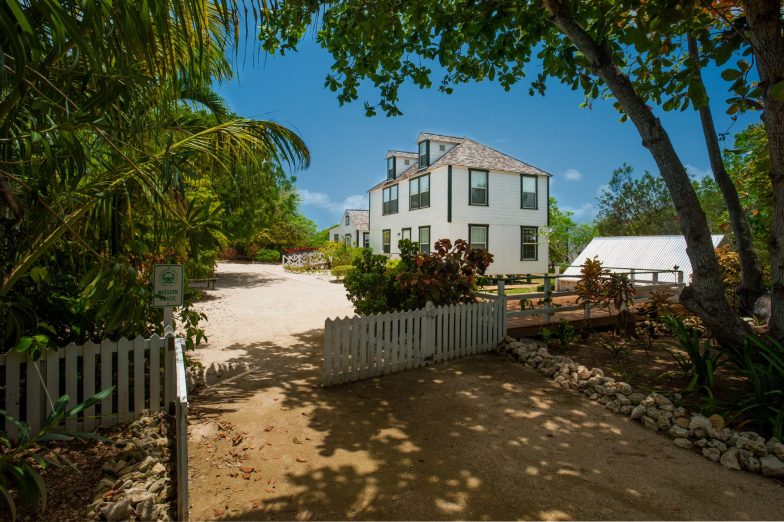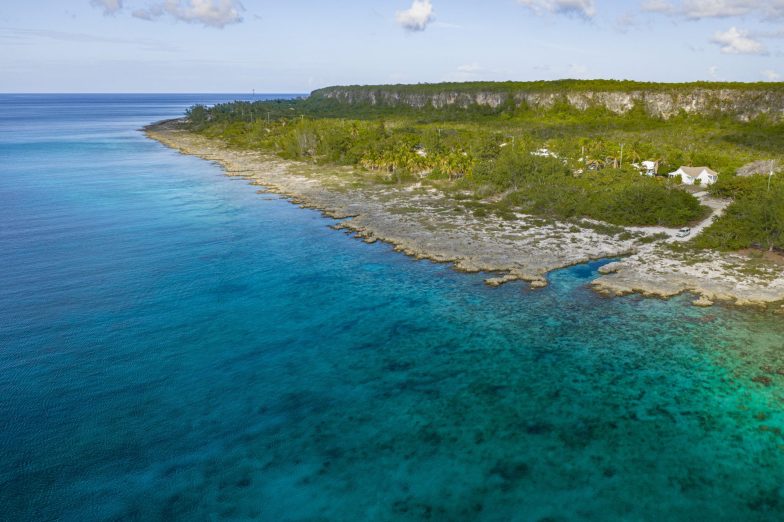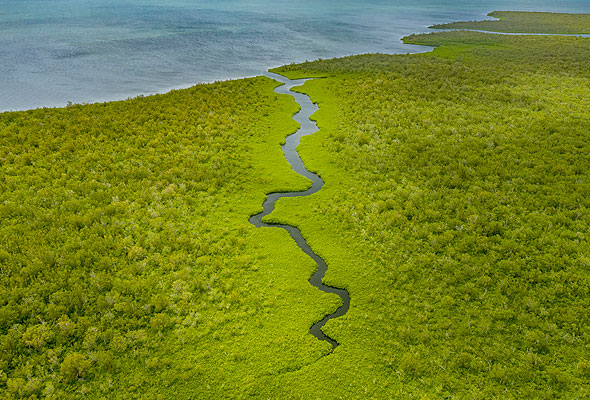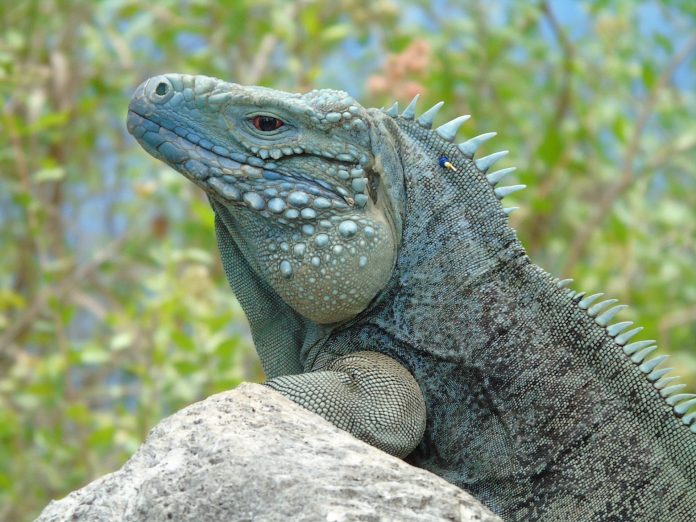Established in 1987, the National Trust for the Cayman Islands perpetuates the National Trust mission statement of preservation of natural and built heritage of historical significance for past and future generations within the Cayman Islands.
Their key areas of focus are the preservation of natural heritage through a system of protected areas essential for the survival of native flora and fauna, preservation of built historical sites, access to the history of the Cayman’s environment and heritage through lectures and educational programs, and field research that enables and furthers knowledge of the species and how best to protect their habitats.
Each of the islands offers something for everyone: Grand Cayman is the largest and most cosmopolitan of the islands, offering restaurants, cafes, boutiques and art galleries, and seaside bars that offer shore dives for participants to snorkel. Given the range of marine life, flora and fauna, and cultural locales, Grand Cayman lives up to its name as the Grand Dame of the Caribbean. The Cayman Brac is the island for adventurers, natural limestone bluffs to climb and iconic underwater shipwrecks to explore on a scuba diving expedition. Little Cayman is the smallest, least developed and most tranquil of the three islands; at just 16kms, it is the ideal “island getaway and largely untouched with many natural wonders. Avid cyclists can easily spend hours traversing mangrove forests and secluded beaches.
Each of the islands contain lush and beautiful natural heritage reserves, which are home to many native species and also host several migratory species. There are sites such as the Colliers Wilderness Reserve and the Booby Pont Nature Reserve, which are home to the famous Blue Iguana and Red-Footed Booby respectively. Conversely, there are almost entirely undisturbed areas such as the Salina Reserve and the Splits, where migratory and protected species alike congregate to inhabit and breed amongst breathtaking forest, shrublands, wetlands and limestone clefts.
Since its inception, the Cayman Islands National Trust has acquired several historical sites and properties which tell the story of Cayman’s history and development from the 18th century through to the modern era. Several of these sites had previously been damaged or destroyed by Hurricanes Ivan and Paloma, such as the Eldemire House, Jackson Wall Manor and Miss Izzy’s Schoolhouse, but they have since been restored to a new and improved state that resembles their former historical exterior. Other properties in the Cayman Islands have stood the test of time and stand as a reminder of historical architecture and culture whilst also serving new functions that help continue their legacy into the future. The signature Mission House property is a rebuilt version of the one of the oldest buildings in the Cayman Islands and is now a popular venue for public events such as weddings and other private functions. Dr. Roy’s Ironshore, named after Dr. Roy Edison, represents a compromise between modern development and heritage preservation with the property itself serving as a reminder of the Trust’s mission statement to own and hold heritage property in perpetuity for the people of the Islands. The East End Lighthouse, first erected in the early 1900s, has been reconstructed over the decades and the modern iteration now serves solar-powered light to keep its legacy alive through a more renewable source.
The aptly named Heritage Beach was one of the first beaches and oceanfront properties to gain heritage listing and was donated to the National Trust in 1990 by Mr. and Mrs. Charles Adams. It is available to the public for viewing of its stunning native and marine life, and as an idyllic picnic spot across from the Frank Sound Lagoon.
Cayfest is hosted by the Cayman National Cultural Foundation in February and is listed as the best time of year to see the arts, culture and heritage of the Cayman Islands with the best music, dance, storytelling, street performances and food on offer. Batabano is the Cayman Island’s infamous Carnival that takes place typically at the start of turtle nesting season in early May. With lavish costumes, dancing and parades, it is a celebration of community heritage and spirit that encompasses all the region’s diverse historical influences.
The Blue Iguana Conservation (BIC) captive breeding facility is dedicated to the preservation of the largest and most famous native land animal of Grand Cayman. This national treasure once numbered in the tens of thousands and after almost going extinct is now hopefully going to climb back to a population of 1000 individuals. Caring for the Blue Iguanas is something that Cayman Islands National Trust is supported by through their members and volunteers through feeding and food collection, labourer work and even international volunteers who wish to commit to two weeks of volunteer work.
BIC offers daily tours for people to observe the Blue Iguanas in semi-wild habitats and take photos of these beautiful animals in all stages of their life cycle. Those with a passion for history might be interested in taking a tour of locations such as Mission House or the Mastic Trail.








